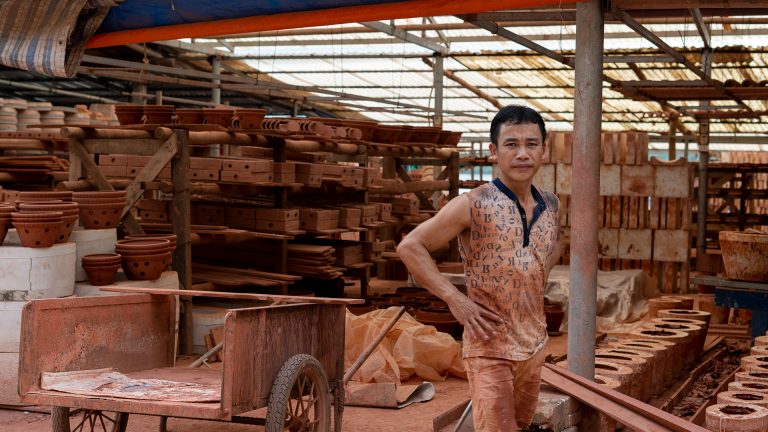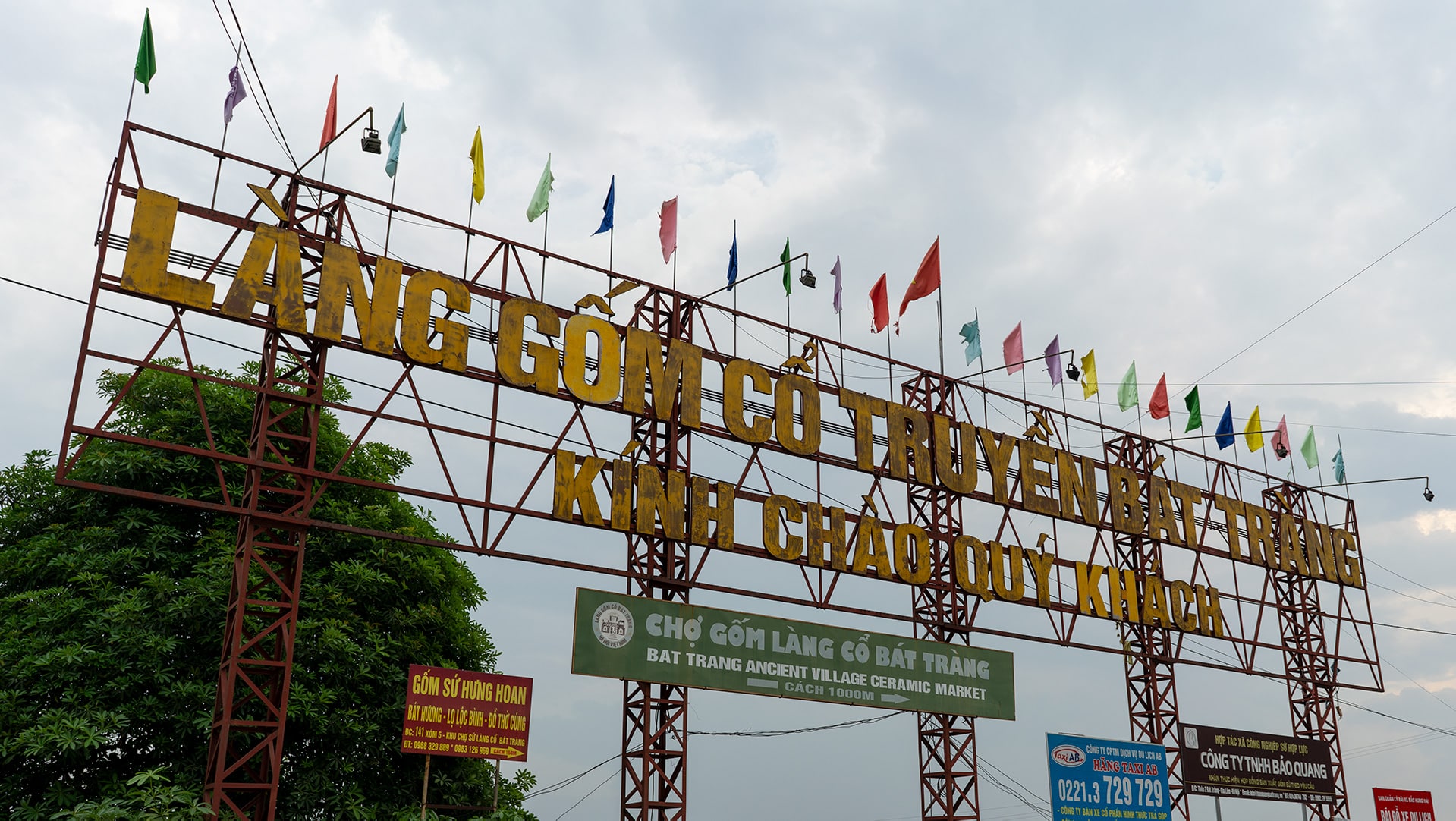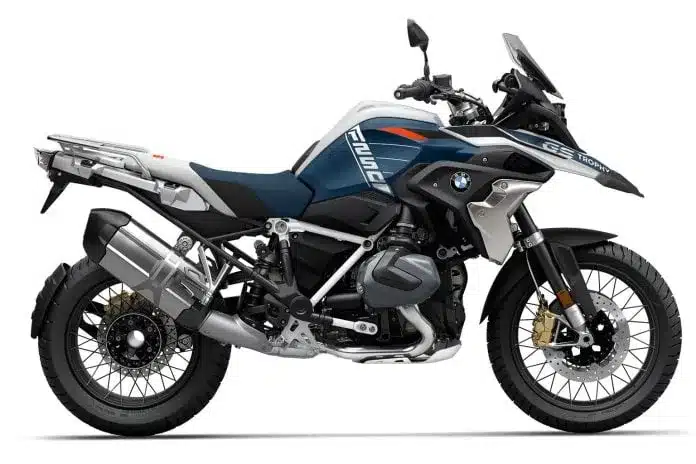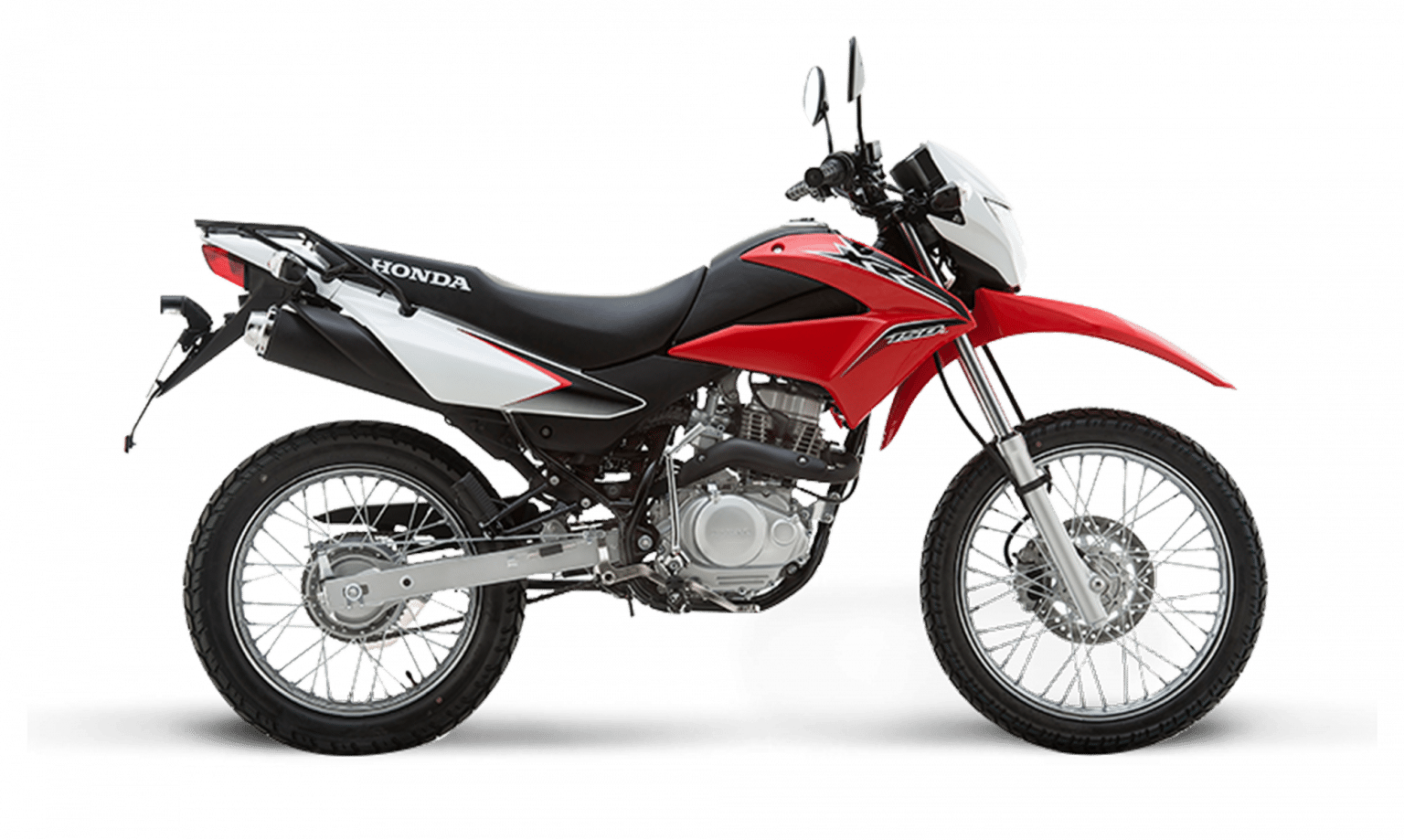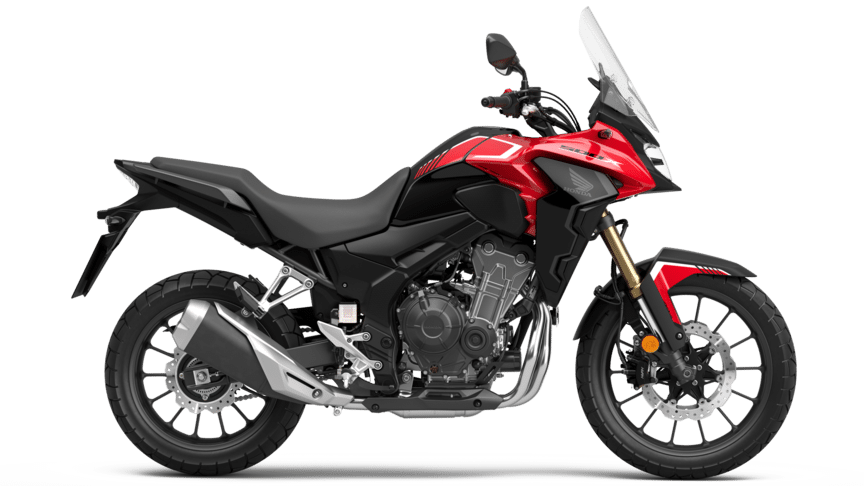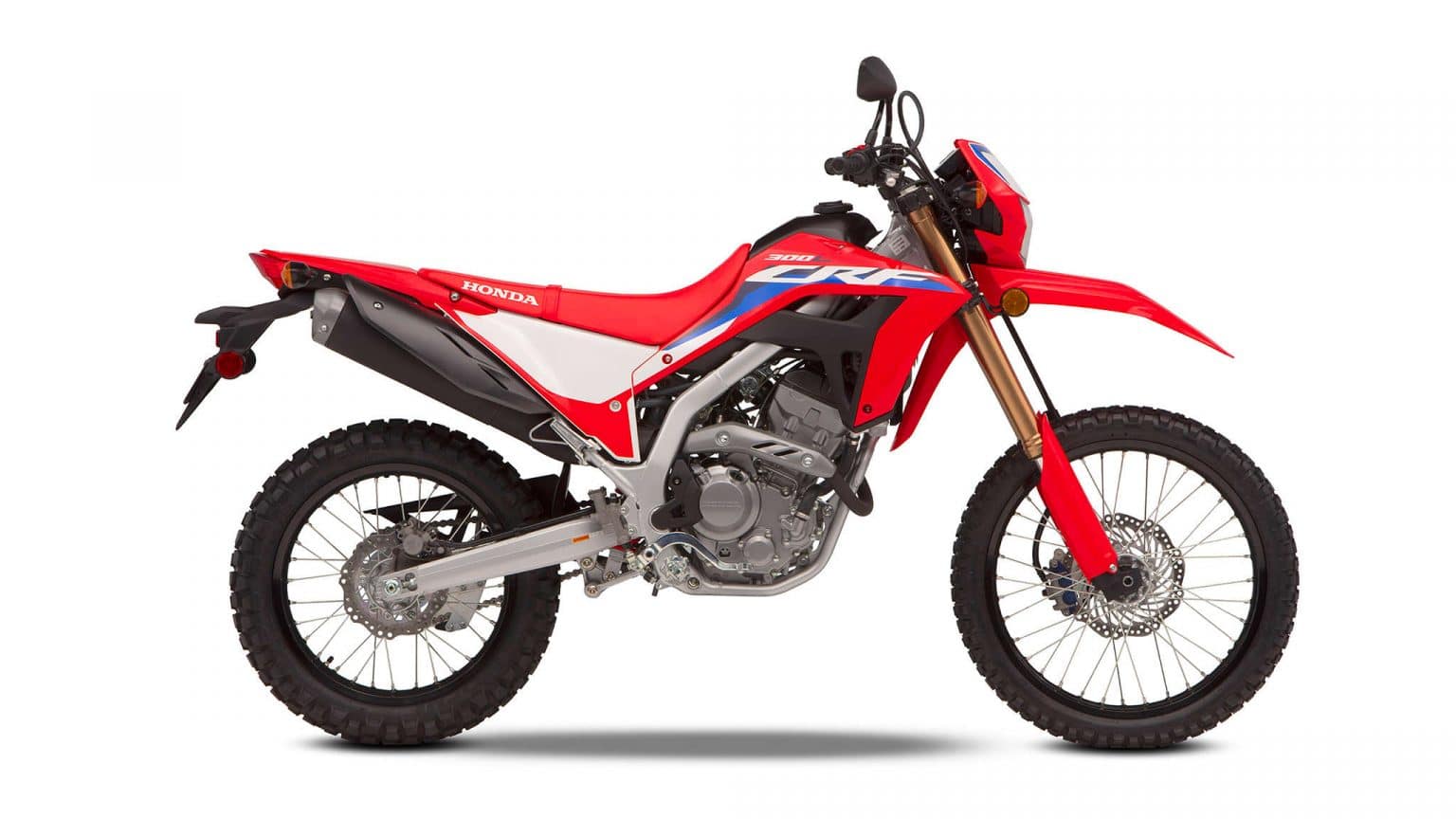Bat Trang Village
Bat Trang, a small village in the north of Vietnam, is about 13 kilometers south east of Hanoi center, on the other side of the Red River. Very easily accessible by motorbike, Its name has become popular with both foreign and domestic tourists who are looking for high quality pottery and ceramic products.
However, for hundreds of years the highly skilled artisan workers of Bat Trang have been trading their goods around the world. The villages location on Red River gives excellent access to Asia and the world beyond; the high quality of material and workmanship create huge demand for its products.
A visit here will give you the chance to pick up some quality products at a fraction of the cost back home. What is more, there are also small workshops that will let you have a try yourself.
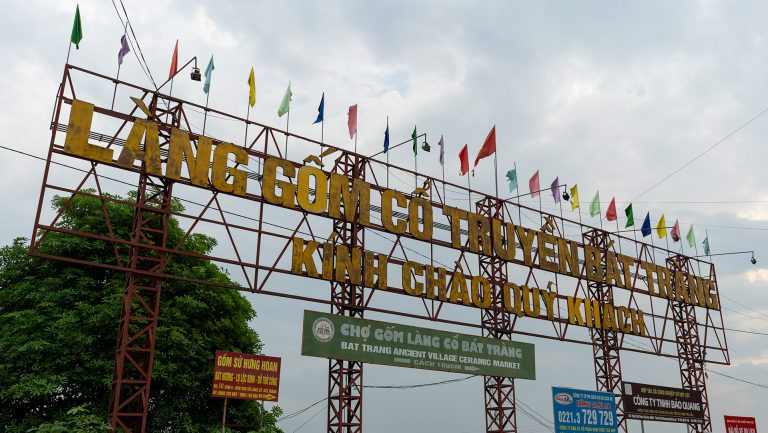
Google Map
Motorbike Routes
Route 1 - Long Bien / Chuong Duong Bridge
Both of these bridges are easy to access from the Old Quarter in Hanoi and are located on Tran Nhat Duat St. The difference being that Long Bien Bridge allows only bicycles and motorbikes, whereas Chuong Duong will also allow buses trucks and cars. Both bridges are not very long so it really makes little difference as to which one you choose.
Once you are on the opposite bank of the river, you simply need to follow the Dyke Rd that runs southwards along the Red River. You may need to pass under Chuong Duong Bridge but you will definitely need to go under Vinh Tuy Bridge and then Thanh Tri Bridge. From there it is another 3km until you see the entrance to Bat Trang Village on the right hand side.
Route 2 - Vinh Tuy Bridge
The route over this bridge is useful if you are coming from the South or Southwest of Hanoi. You will find the on ramp on Nguyen Khoai St. You will find that you pas over the Dyke Rd and can then double back to take this route or head further on and turn right at Aeon Mall from where you take Co Linh Rd and can then wind your way back to the Dyke Rd.
Then you just follow the dyke road, as above, until you see the entrance to the village.
Route 3 - Thanh Tri Bridge
This is also a good access point if you are coming from the South of the the city. You will need to find your way on to the bridge and also avoid the CT20 Highway as motorbikes are not allowed on this.Once you are on the bridge you simply follow it across the Red River and then turn off to the right at the first clover leaf. You then double back on yourself and head to the Dyke Rd. You have to take care not to follow the DT379. From the Dyke Rd it is the same as above and you simply look out for the entrance sign.
By Bus
You can catch the bus 47 (Long Bien- Bat Trang) that stop just a few steps from Dong Xuan market with the end terminal in Bat Trang. The bus runs every 20 minutes.
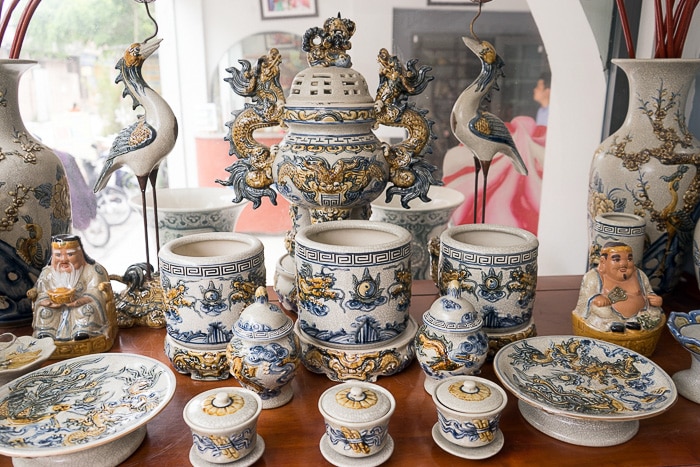
The Origins of Bat Trang
Bat Trang village was established in the 14th or 15th century in several official documents. However, the local villagers tell of the artisans already being at work long before that.
There are two differing stories telling of how the village came about. The first these tells that under Ly dynasty, in 1100, when Vietnam was independent and experiencing its initial growth period, 3 scholars came back from a mission to China bringing with them the ceramic craft industry that they had learned there. They then taught the people of Bat Trang.
The other story tells of how the village history dates back to the 10th century. This was when King Ly Cong Uan relocated the capital of Vietnam in Thang Long (modern day Ha Noi). The establishment and development of the new capital, was an incentive for many businessmen and artisanal workers from neighbouring regions to settle down here to work and trade. This does not fully explain why ceramics and not a different trade.
However, in Bat Trang, there was a lot of white clay. Many skillful potters such as the Nguyen Ninh Trang family, came to take advantage of this and built kilns here. As time has passed by, Bat Trang changed from a simple ceramic and pottery village into a world famous ceramic and pottery centre that attracts thousands of tourists each year.

Over time the artisans in village learnt more and more and improved their skills to the point that their products were sought after all around the world. They became known for producing the best quality, style and glaze and this rivalled all other countries in the region. As such, rich and influential families sought out Bat Trang Ceramics that they could use for family and religious purposes and would pay a high premium for them popular foreign markets are Japan, the Netherlands, Britain, Portugal amongst others.
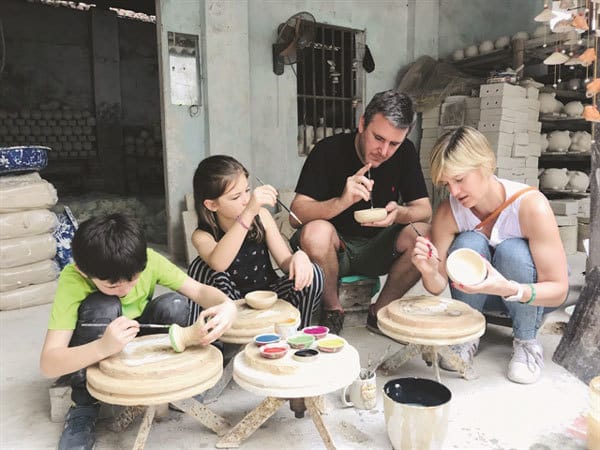
Now, Bat Trang ceramic village has become a popular destination for young vietnamese living in Hanoi (college or high school students) to visit during weekends as well as expats looking to learn more about the history or to simply escape the city.
Foreign tourists who want to understand more about the historical and traditional values in each handicraft product also come to the village and you will often see coach loads coming to and fro.
